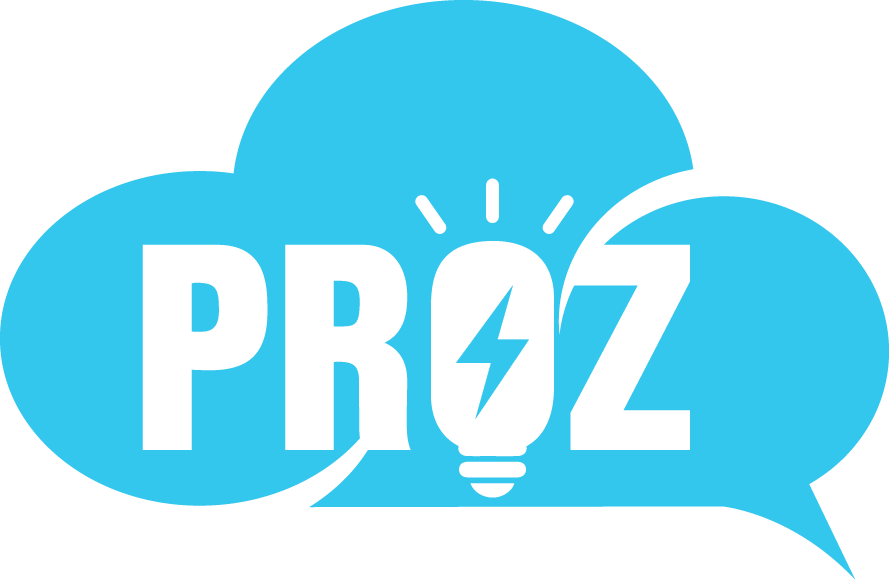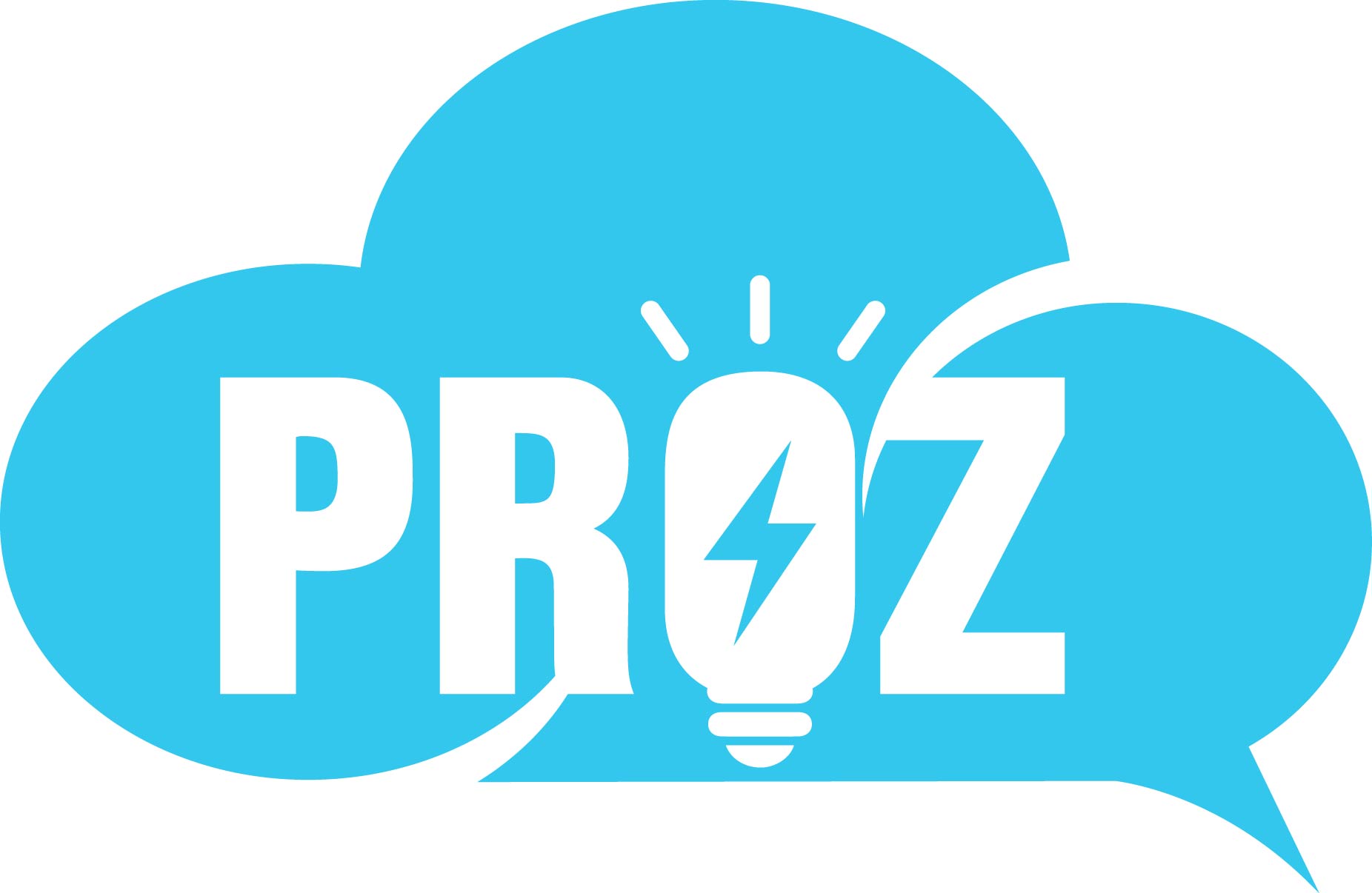Remember when customer service meant waiting on hold for 20 minutes listening to elevator music? Those days are fading fast. Today’s customers expect help where they already spend their time — scrolling through X, posting on Instagram, or venting on Facebook.
This style of customer service management isn’t some pie-in-the-sky vision of the future. According to our research, 82% of companies provide service through social media. And your competitors are probably already doing it.
What is social media customer service?
Social media customer service is exactly what it sounds like: Helping customers solve problems, answer questions, and resolve complaints through social platforms like X, Facebook, Instagram, LinkedIn, and TikTok. When done well, it’s a surefire way to improve customer service.
But it’s more than just responding to angry posts. It’s about creating a seamless customer service experience that connects with your other customer service channels — phone, email, live chat, and in-person support. When done right, social media becomes another touchpoint in your customer’s journey, not an isolated island.
Think of it as extending your contact center to where people naturally gather and chat. Instead of forcing customers to come to you, you’re meeting them where they already are. (Back to top)
Why is social media customer service important?
According to our research, 88% of customers say good service makes them more likely to purchase again. Social media customer service could influence even more potential customers.
Here’s the thing about social media — it’s public. When someone complains about your product on social media, it’s not just between you and them. Their friends see it. Their followers see it. Sometimes, the whole internet sees it. That’s why following customer service best practices on these platforms isn’t just smart — it’s essential.
Boost customer loyalty
Social media customer service has the potential to create lifelong fans. When you solve someone’s problem quickly and publicly, you’re not just boosting customer service metrics like CSAT and NPS — you’re showing everyone that you care about your customers.
People remember companies that treat them well on social media. They also remember companies that ignored them or handled complaints poorly. Guess which ones they recommend to friends and colleagues?
Increase brand awareness
Every helpful interaction on social media is free marketing. When you solve problems publicly, you’re showcasing how seriously you take the Voice of the Customer (VoC).
Plus, social platforms love engagement. While you’re measuring customer satisfaction, potential customers are watching your genuine interactions and service.
Enhance crisis management and response
When something goes wrong — a product recall, a service disruption, or a major news event that affects your brand — social media can speed up your incident management. It lets you address concerns, share updates, and shape the narrative in real time, while working alongside traditional channels to ensure a fast, coordinated customer experience. (Back to top)
Join the award-winning Serviceblazer Community on Slack
It’s an exclusive meeting
place, just for service
professionals.
From customer service to
field service, the Serviceblazer Community is where peers grow,
learn, and celebrate everything service.

11 tips and best practices
Ready to level up your social media customer service game? Below you’ll find some best practices we put in place with our own Service Cloud’s social accounts on LinkedIn and X.
Here are eleven practical tips that work:
1. Speak their language. People can spot corporate-speak from a mile away. Write like you’re talking to a friend who happens to have a problem you can solve. Use contractions, show personality, and don’t be afraid to inject some humor when appropriate.
2. Respond fast (really fast). Social media operates at warp speed. A response that takes three hours feels like three days to someone waiting for help. Solutions like Agentforce for Service can speed up response times. It offers tools like Conversation Catch-up to quickly get reps up to speed and Service Rep Assistant — a generative AI tool that generates a multi-step action plan grounded in case data, customer history, and knowledge.
3. Take complex issues private. Social media is great for quick fixes and public displays of good customer service. But if someone needs to share personal information or the issue is complicated, move the conversation to direct messages, email, or voice.
4. Use AI to your advantage. Supercharge handling with AI customer service. AI agents built with Agentforce keep an eye on social media, jump in with quick answers, and loop in your team when things get complex. They’re always on, stay on-brand, and help spot trends before they escalate — helping to improve CSAT.
5. Monitor everything, not just mentions. Don’t wait for people to tag you. Use social listening tools to find conversations about your brand, your products, and even your industry. Sometimes the best customer service happens when you solve problems people didn’t even ask you to solve.
6. Empower your social team. Give your social media managers the authority to help customers. If they have to ask permission for every refund or discount, you’ll lose the speed advantage that makes social customer service effective.
7. Help customers help themselves. With a knowledge management system in place, employees can find relevant knowledge base articles quickly — and so can customers. Customer self-service makes it easy for customers to find quick answers to common questions about products, services, and policies without having to reach out for support.
8. Use the right customer service voice. X calls for quick, witty responses. Facebook allows for more detailed explanations. Instagram is visual and friendly. LinkedIn is professional. Use the right customer service voice to foster great interactions, while ensuring each response is accurate.
9. Document and learn from every interaction. Use a customer service management platform, like Service Cloud, that can track common complaints, successful resolution strategies, and customer feedback. This information should flow back to your product, marketing, and traditional customer service teams.
10. Don’t delete negative comments (usually). Deleting complaints makes you look like you’re hiding something. Instead, respond publicly with how you’re addressing the issue. Delete comments only if they are abusive, spam, or violate platform guidelines.
11. Follow-up after resolution. Check back with customers after resolving their issues. Customer service automation can help ensure you never miss this interaction. A simple “How’s everything working now?” shows you care about more than just closing support tickets.
This advice is based on today’s most popular social media platforms. But these platforms are constantly evolving, and so are the skills needed by customer service reps. Trailhead, Salesforce’s free online learning platform, offers up-to-date modules on everything from social media engagement to AI in customer service, helping your team stay sharp and ready for what’s next. (Back to top)
Meet Agentforce Service Agent
Watch Agentforce Service Agent resolve cases on its own, deliver trusted answers, engage with customers across channels and seamlessly hand off to human service reps.
Social media customer service examples that inspire
The best social media customer service doesn’t follow a one-size-fits-all playbook. Different approaches work for different brands, but they all share one thing: They turn potential PR disasters into opportunities to shine. Here are four proven strategies.
The humor approach
Some brands use wit and personality to defuse tense situations. They respond to complaints with clever quips and playful banter while still solving the actual problem. This shows customers you’re human and can handle criticism without getting defensive.
The proactive concierge
Instead of waiting for complaints, these companies proactively reach out to customers with helpful updates, assistance, and relevant information. Useful tips related to recent purchases and updates on upcoming service outages are two examples of proactive customer service.
The authentic enthusiast
These brands respond like they’re genuinely passionate about their industry, not like corporate robots. They celebrate customer achievements, geek out over product features, and engage with the culture surrounding their brand.
The helpful educator
Some companies turn individual customer questions into valuable content for everyone. They craft detailed, public responses that solve one person’s problem while creating a helpful resource that other customers can reference later. (Back to top)
Prepare your org for Agentforce
Want to get the most out of digital labor? Our exclusive guide covers the best practices you need to know.

Modernize your approach to social media customer service with Salesforce
Are you ready to turn every social media complaint or comment into your next success story? Here’s how to make it happen.
Connect everything, everywhere
When someone tags you in a post, your team should have access to a 360-degree view of that customer — including past interactions, purchase history, and preferences — so they can provide efficient support across customer service channels like chat, email, phone, and social media.
See everything and connect everywhere by using powerful customer relationship management tools, like Salesforce’s Service Cloud. Salesforce Service Cloud puts it all in one place, so your people can actually help instead of asking customers to repeat themselves for the third time.
Let AI handle the grunt work
Your best people shouldn’t waste time sorting through messages. Service Cloud’s AI capabilities — powered by Agentforce — can spot what’s urgent and route it to the right person instantly. It even suggests responses based on what’s worked before. Your team focuses on the complex problems that actually need a human brain.
Make it personal
“Dear Valued Customer” doesn’t cut it anymore. Solutions like Service Cloud provide a 360-degree view of your customer to deliver a more personalized customer service experience. With this information on hand, your team can say, “Hey Sarah, is there an issue with the boots you bought last month?”
Smart customers want to solve simple problems without waiting for you. Set up customer self-service that works. When an FAQ section is accessible and helpful articles are easy — customers won’t need to turn to social media to ask for help.
Know what’s working (and what isn’t)
Every social media interaction is a chance to turn a frustrated customer into a brand advocate. Didn’t hit the mark on an interaction with a customer on social media? Learn from each interaction through data-driven customer feedback management.
Grow without losing your human touch
Plan for success and to scale your operations along with it. More customers shouldn’t mean worse service. With the right customer service software, you can scale your best practices, so your team can handle more conversations without sounding like robots or burning out. (Back to top)
Unlock AI with Service Cloud
Your AI is only as strong as the data it’s built on. Agentforce Service Agent’s are built on trusted, secured data to safely maximize the power of AI.





